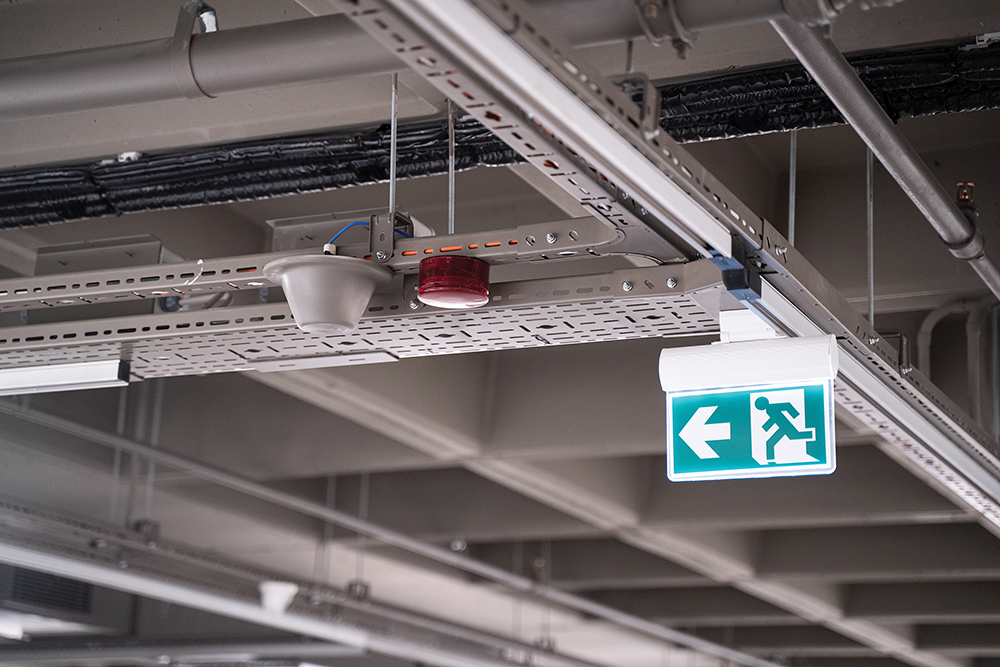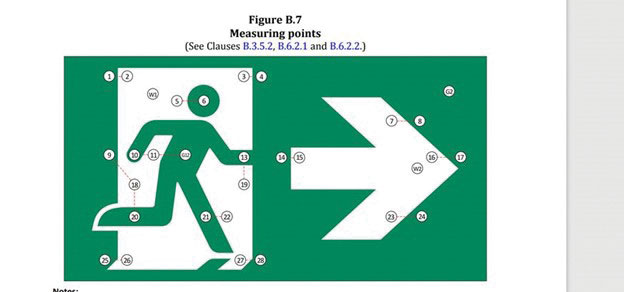The 2006 Canadian Electrical Code makes a number of changes from 2002. In this article, we will visit and discuss a few changes, take a look at why they became necessary, and in some cases, review their application.
Rule 32-200(b) Fire Pump Conductors
Fire pump wiring must be protected against fire exposure to provide continued operation of the fire pumps during a fire. Obviously, you don’t want a fire pump to stop working in the midst of a fire. Appendix B references the NFPA20 standard which offers additional details on the protection of circuits feeding fire pumps against fire damage. The reasons are fairly obvious.
Appendix B also offers some examples on how to satisfy the requirements of Rule 32-200(b) for protecting fire pump circuits by using heat-resistant wiring or enclosing the wiring in fire-resistant building materials. The Appendix B guideline includes:
- installing the fire pump conductors in mineral-insulated cable;
- installing fire pump conductors in conduit surrounded by a minimum 50 mm of concrete; or
- installing the fire pump conductors in a shaft that provides a minimum one hour fire separation from the rest of the building.
Rule 10-302(a) and (b) Underground Service
An electrical utility’s metal-covered (metallic-sheathed or metal armoured) cable or metal conduit need not be bonded to ground at a customer’s premises if the cables or conduit are isolated from the customer’s internal metallic conduit or piping.
The reason for this rule change: Some electrical utilities prefer to isolate one end of metal-covered cable or metal conduit from ground at the customer’s location so as to minimize corrosion due to:
- circulating currents induced by large single-conductor loads;
- contacts and galvanic corrosion between dissimilar meals; or
- improper operation of cathodic protection systems installed to protect the underground cables or conduit against corrosion.
Rule 36-006(1)(e)
Warning Notices
A warning sign carrying the words “Danger – High Voltage” or ”Danger —– V” must be displayed on every substation fence to be sure they are not overlooked:
- next to the locks on all outdoor substation gates;
- at all corners of the substation fence; and
- the signs must not be spaced more than 15 m apart.
The reason for this rule change —to make sure that anyone, and in particular, untrained and unqualified people become well aware that the inside of the substation fence contains serious personal hazards by ensuring that the warning signs are available when approaching the station and in the most obvious places.
Rule 26-700(11)
General (Receptacles)
Any receptacle within 1.5 m of a sink, bathtub or shower stall must be connected with a circuit protected by a Class A ground fault current interrupter. You will recall that a Class A GFCI will trip and disconnect the electrical supply in the event of a ground fault of 5 milliamperes or higher. The only exceptions to this rule are stationary appliances (such as clothes washing machine), and so located that the receptacle would be inaccessible for general use.
The reason for this change—to prevent electrical shock hazards when receptacles are located in close proximity of well-grounded metal. We are most vulnerable to electric shock when we are well-grounded, especially when in contact with the grounded metal of water piping connected to sinks, bathtubs and shower stalls. It should be noted that in patient care areas of hospitals, Rule 24-106(3) Receptacles in Basic Care Areas now has an identical requirement for receptacles in a washroom and within 1.5 m of a wash basin.
Rule 26-724(4) Branch Circuits for Single Dwellings
An outdoor receptacle accessible from grade level must now be supplied from a dedicated branch circuit to ensure that operating an electric lawn mower or other outdoor electrical appliances or tools will not trip the circuits inside the dwelling. I’m sure everyone has suffered the frustration of a power outage while on the computer or finding the beer fridge out of service.
Rule 10-806(4) Installation of System Grounding Conductors
This rule change will affect you if you’re in the habit of protecting system grounding conductors using iron or steel. Magnetic materials (iron or steel pipe or conduit) used for mechanical protection of grounding conductors must now be bonded to the conduit or pipe at both ends.
The reason, when fault current flows in the system grounding conductor, unless a portion of the ground fault current is permitted to pass through the conduit, the magnetic material will have a “choking” affect on the grounding conductor, increasing the impedance of the grounding conductor. This reduces the flow of ground fault current, causing a delay in the operation of fuses or circuit-breakers to remove the fault.
As with past articles, you should always check with the local electrical inspection authority for a more precise interpretation of any of the above.














Find Us on Socials